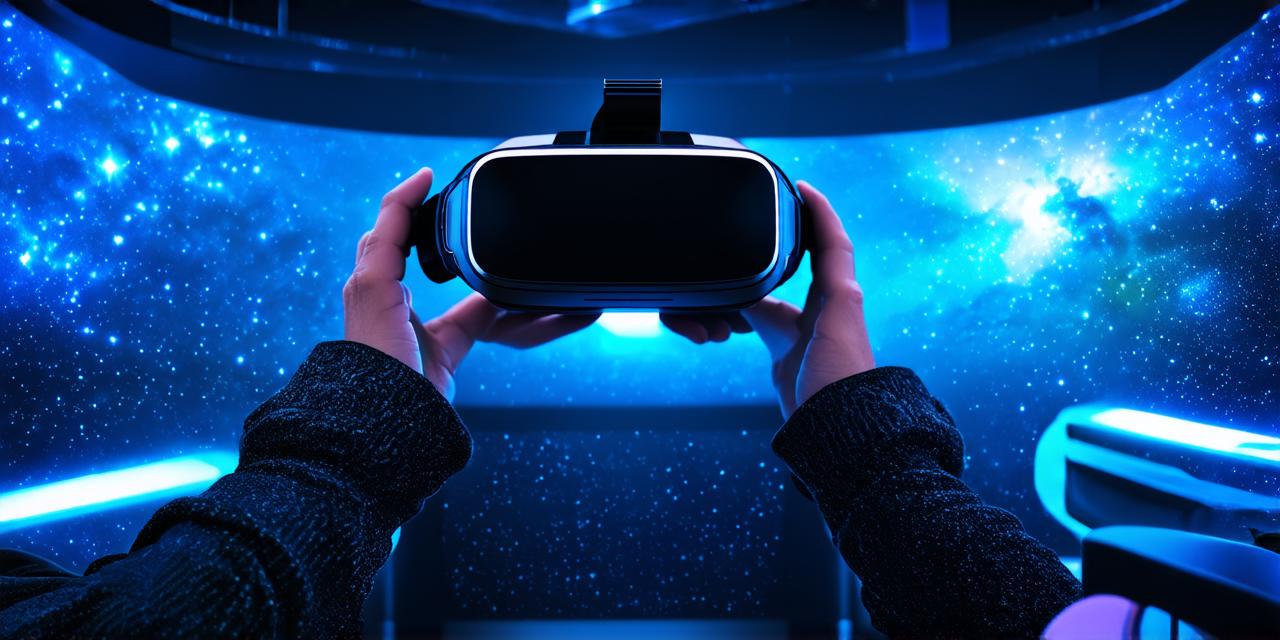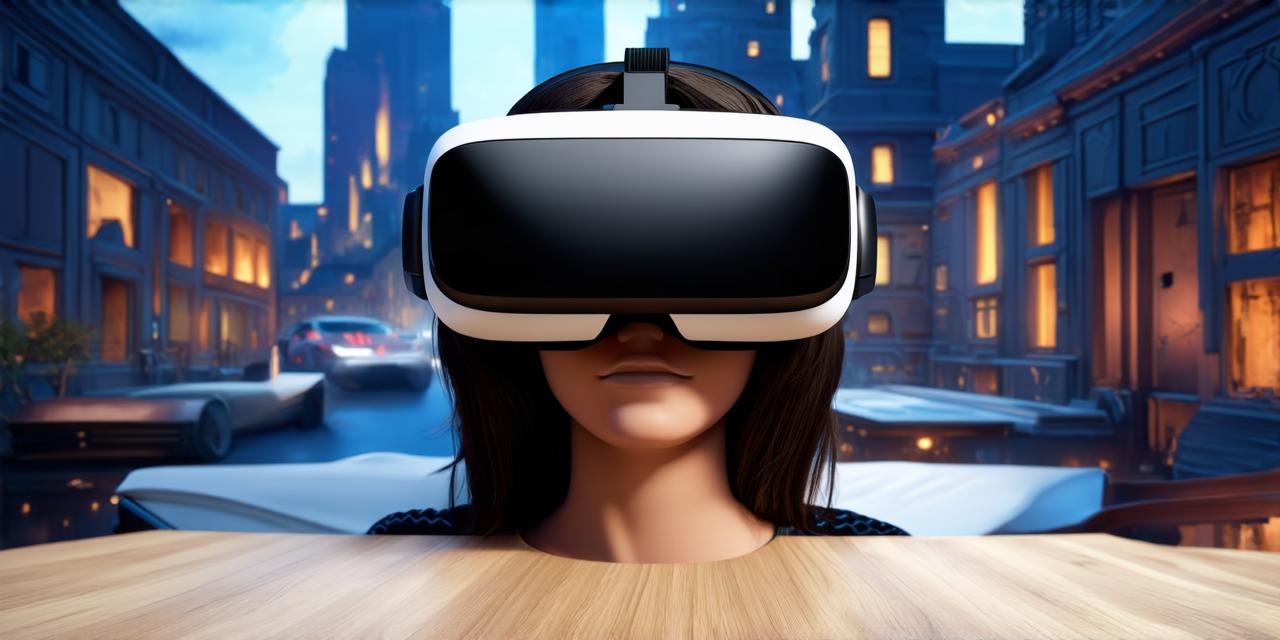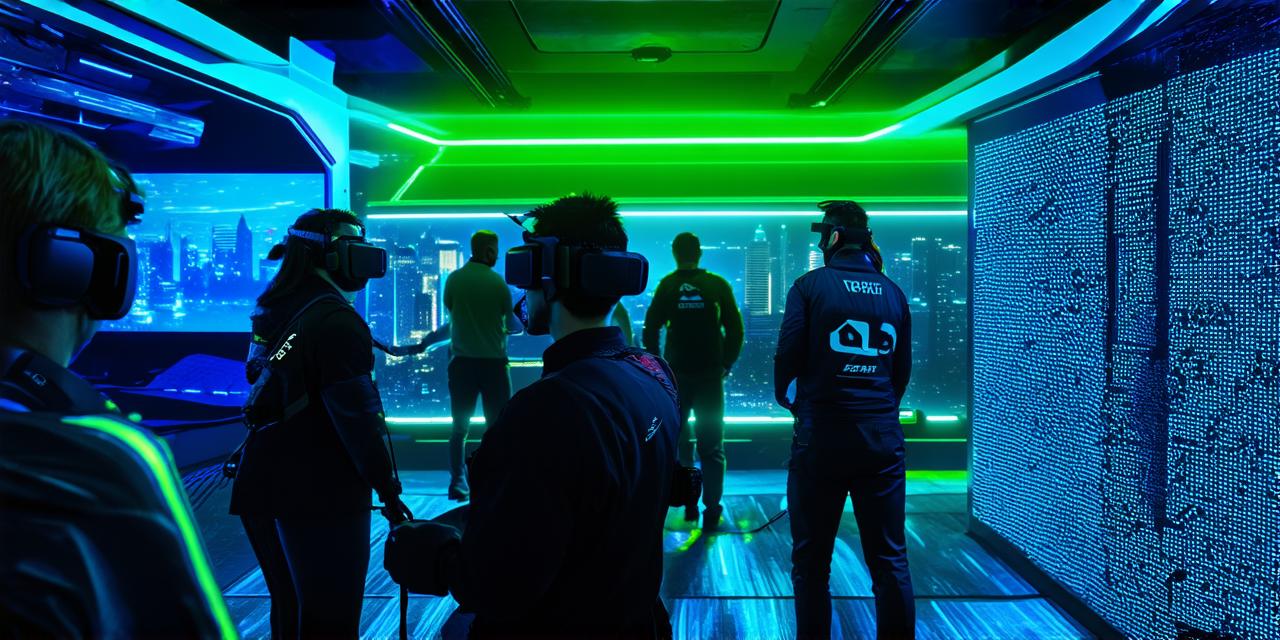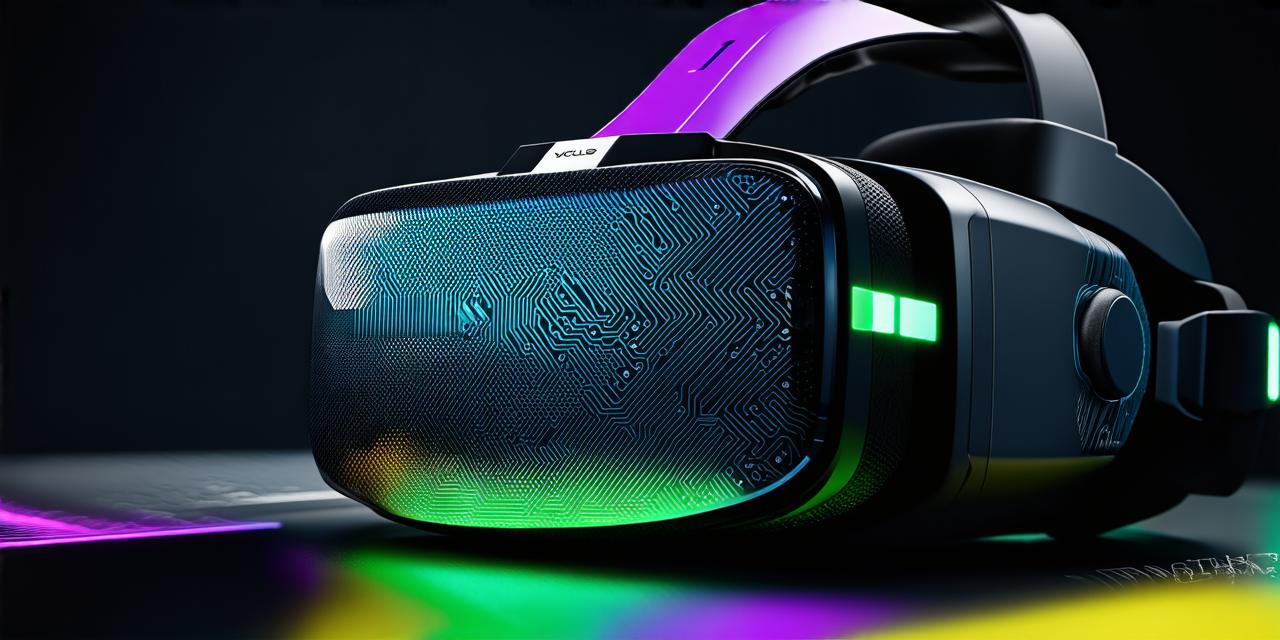Hardware Requirements
The first thing you need to know about watching virtual reality videos is that you’ll need a VR headset and a computer with sufficient processing power. There are many different types of VR headsets on the market, ranging from budget-friendly options like the Samsung Gear VR to high-end devices like the Oculus Quest 2. When choosing a headset, it’s important to consider factors like resolution, refresh rate, and tracking accuracy.
In addition to a VR headset, you’ll need a powerful computer with at least an Intel Core i5 processor and NVIDIA GTX 1060 graphics card. If you want to experience more advanced VR content, you may need an even more powerful system, with at least an Intel Core i7 processor and an NVIDIA GTX 1080 Ti graphics card.
Software Requirements
Once you have your hardware set up, the next step is to install the software you’ll need to watch virtual reality videos. There are many different VR players available, including Oculus Video, SteamVR, and Windows Mixed Reality Player. Each of these players has its own strengths and weaknesses, so it’s important to choose one that works best for your needs.
One thing to keep in mind when choosing a VR player is compatibility with the content you want to watch. Some virtual reality videos are only available through specific platforms or players, so it’s important to make sure the one you choose supports the content you want to consume.
Best Practices for Watching Virtual Reality Videos
Now that you have your hardware and software set up, it’s time to start watching virtual reality videos! Here are some best practices to keep in mind as you consume the content:
1. Choose the right settings
When watching a virtual reality video, it’s important to choose the right settings to ensure an optimal experience. This includes adjusting the resolution and refresh rate of your headset, as well as the brightness and contrast settings on your computer monitor. You should also experiment with different audio settings to find the ones that work best for you.
2. Find a comfortable position
When watching virtual reality videos, it’s important to find a comfortable position that allows you to fully immerse yourself in the experience. This may involve sitting or standing, depending on the content you’re watching. You should also make sure you have enough space around you to move freely without bumping into anything.
3. Adjust your head tracking
One of the most important aspects of watching virtual reality videos is accurate head tracking. This allows you to look around and interact with the environment in a natural way. If your head tracking is off, it can be distracting and detract from the overall experience.
4. Use hand controllers
Hand controllers are an essential part of the VR experience, allowing you to interact with the environment using your hands. Most VR headsets come with hand controllers, but some higher-end devices may require separate purchases. Make sure you have a good pair of hand controllers to enhance your experience.
5. Choose the right content
Finally, when choosing virtual reality videos to watch, it’s important to choose content that suits your interests and preferences. There are many different types of VR content available, including games, movies, and educational experiences. Take some time to explore what’s out there and find content that resonates with you.
Case Studies: Real-Life Examples of Virtual Reality Videos
Now that we’ve covered the basics of how to watch virtual reality videos let’s look at some real-life examples of how this technology is being used in various industries.
1. Gaming
Virtual reality gaming has come a long way since its early days, and there are now many games specifically designed for VR headsets. These games offer a level of immersion that traditional gaming can’t match, allowing players to fully immerse themselves in a game world. For example, the popular game “Beat Saber” is available on Oculus Quest 2 and offers a highly engaging and immersive experience for players.
2. Education
Virtual reality technology has also found its way into the education sector, where it’s being used to create immersive learning experiences. For example, the app “Anatomely” uses VR to teach users about human anatomy by allowing them to explore the body in 3D. This provides a more engaging and memorable experience than traditional textbook-based learning.
3. Training and Simulation

Virtual reality technology is also being used for training and simulation purposes in various industries, including aviation, military, and healthcare. For example, the US Air Force uses VR to train pilots, allowing them to practice flying in a safe and controlled environment. This not only saves money on equipment and fuel but also allows for more realistic and effective training.
4. Tourism and Travel
Virtual reality technology is being used by travel companies to provide immersive experiences that allow users to explore different destinations without leaving their homes. For example, the app “Tourist 360” uses VR to take users on virtual tours of popular tourist destinations around the world. This provides a unique and engaging way for users to experience these places without having to physically visit them.
Expert Opinions
To get a better understanding of how virtual reality technology is being used in various industries, we spoke with Dr. Sarah Johnson, an AR/VR expert and professor at Stanford University. Here’s what she had to say:
“Virtual reality technology has the potential to revolutionize the way we learn, work, and play. Whether it’s in gaming, education, training, or tourism, there are countless applications for this technology that can enhance our experiences in ways traditional media simply cannot. The key is to continue pushing the boundaries of what’s possible and finding new and innovative ways to use this technology to create immersive and engaging experiences.”
Real-Life Examples to Illustrate the Points Being Made
To further illustrate the points being made, let’s look at some real-life examples of how virtual reality technology is being used in various industries.
1. Gaming
In 2019, Sony announced a new VR gaming headset called the PlayStation VR2. This device promises to offer a level of immersion that surpasses even the current generation of VR headsets. For example, the device includes an advanced tracking system that allows for more accurate hand and finger tracking, making it easier to interact with virtual environments in a natural way.
2. Education
In 2018, Google announced an initiative called “Expeditions” that uses virtual reality technology to take students on virtual field trips around the world. These trips are led by expert guides who provide insights into different cultures, historical events, and scientific phenomena. For example, one expedition takes students on a virtual tour of the Great Barrier Reef in Australia.
3. Training and Simulation
In 2019, the US Army announced that it was investing $60 million into developing a new VR training program for soldiers. The program aims to create realistic simulations of battlefield scenarios, allowing soldiers to train in a safe environment without risking their lives.
4. Tourism
Virtual reality technology is being used by travel companies to provide immersive experiences that allow users to explore different destinations without leaving their homes. For example, the app “Tourist 360” uses VR to take users on virtual tours of popular tourist destinations around the world. This provides a unique and engaging way for users to experience these places without having to physically visit them.
Conclusion
Virtual reality technology has come a long way in recent years, and its potential applications are virtually endless. From gaming and education to training and tourism, VR is changing the way we experience the world around us. As this technology continues to evolve, we can expect to see even more innovative uses of virtual reality in the future.




